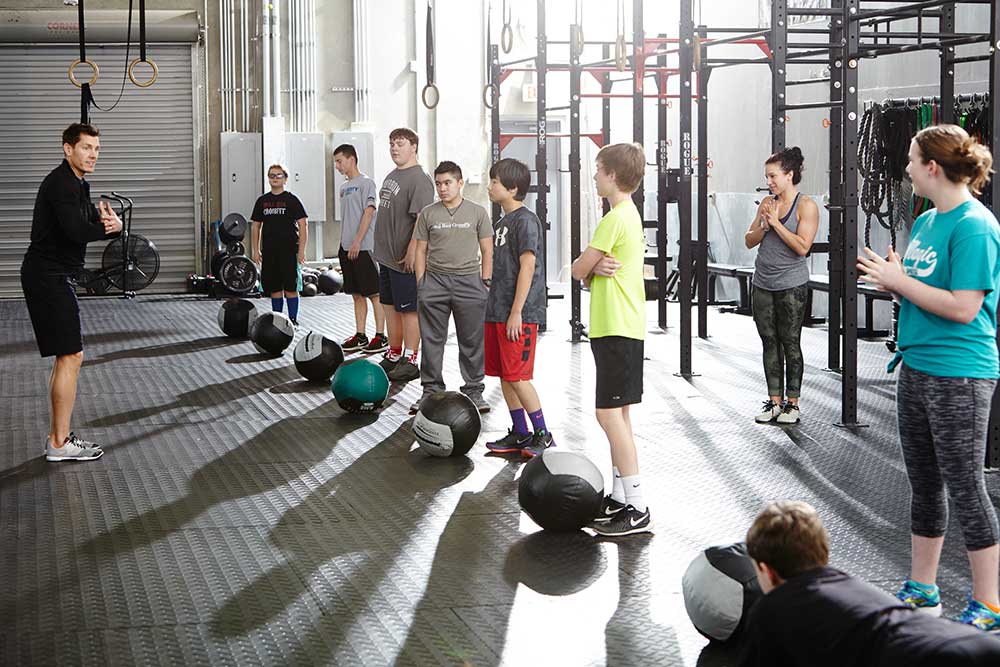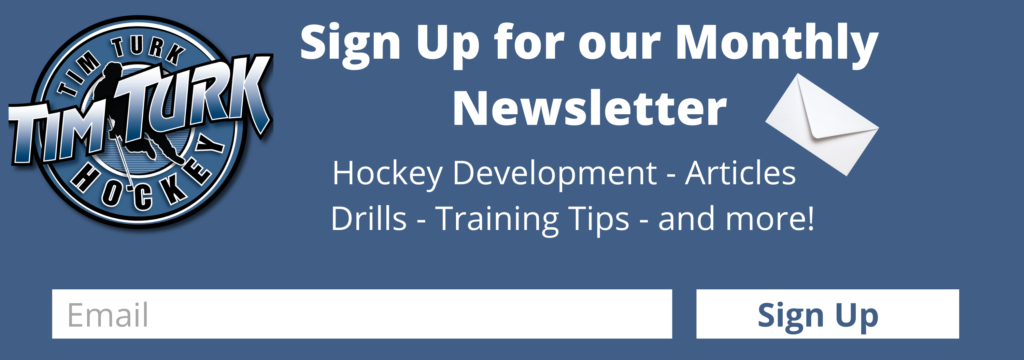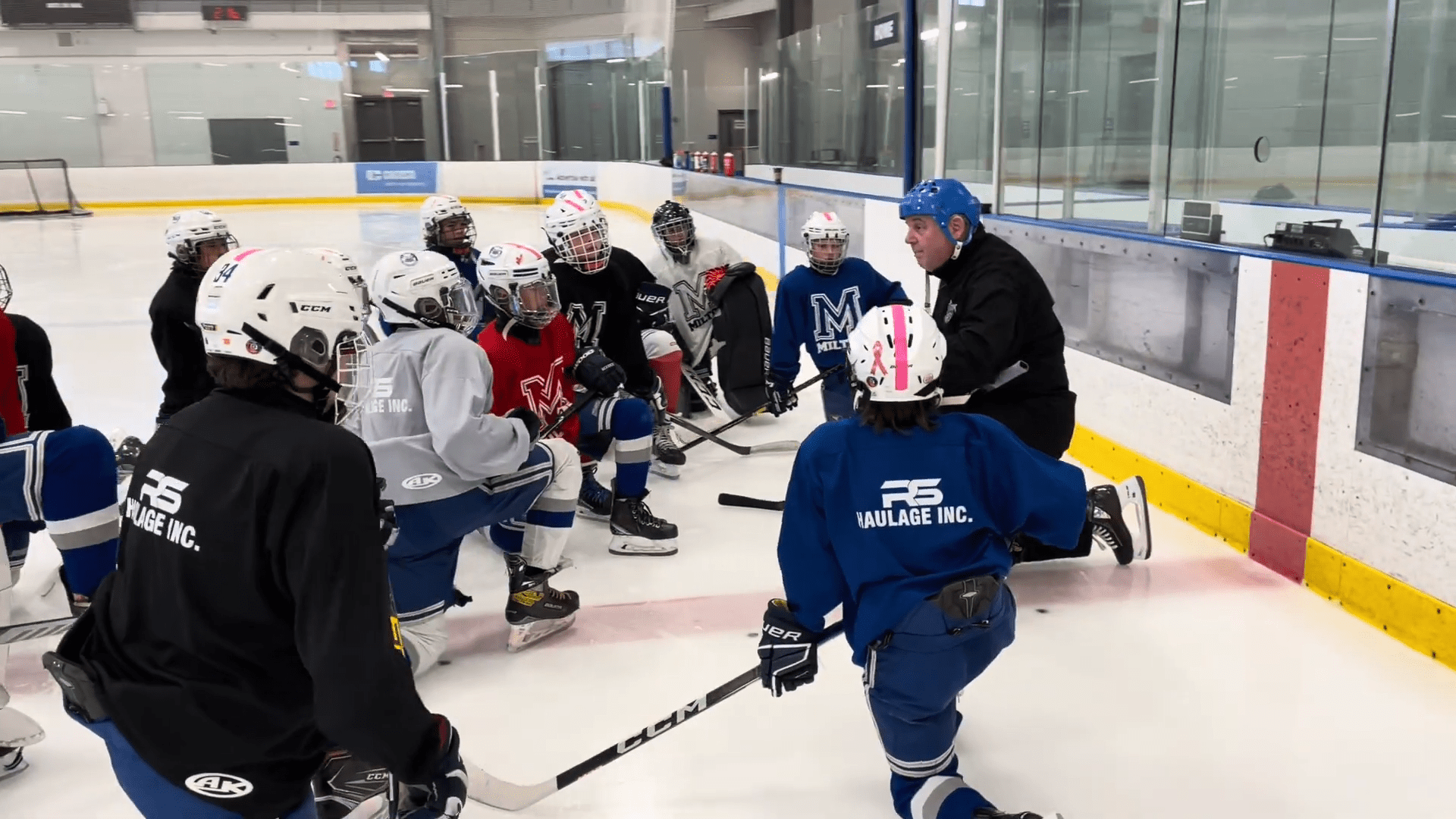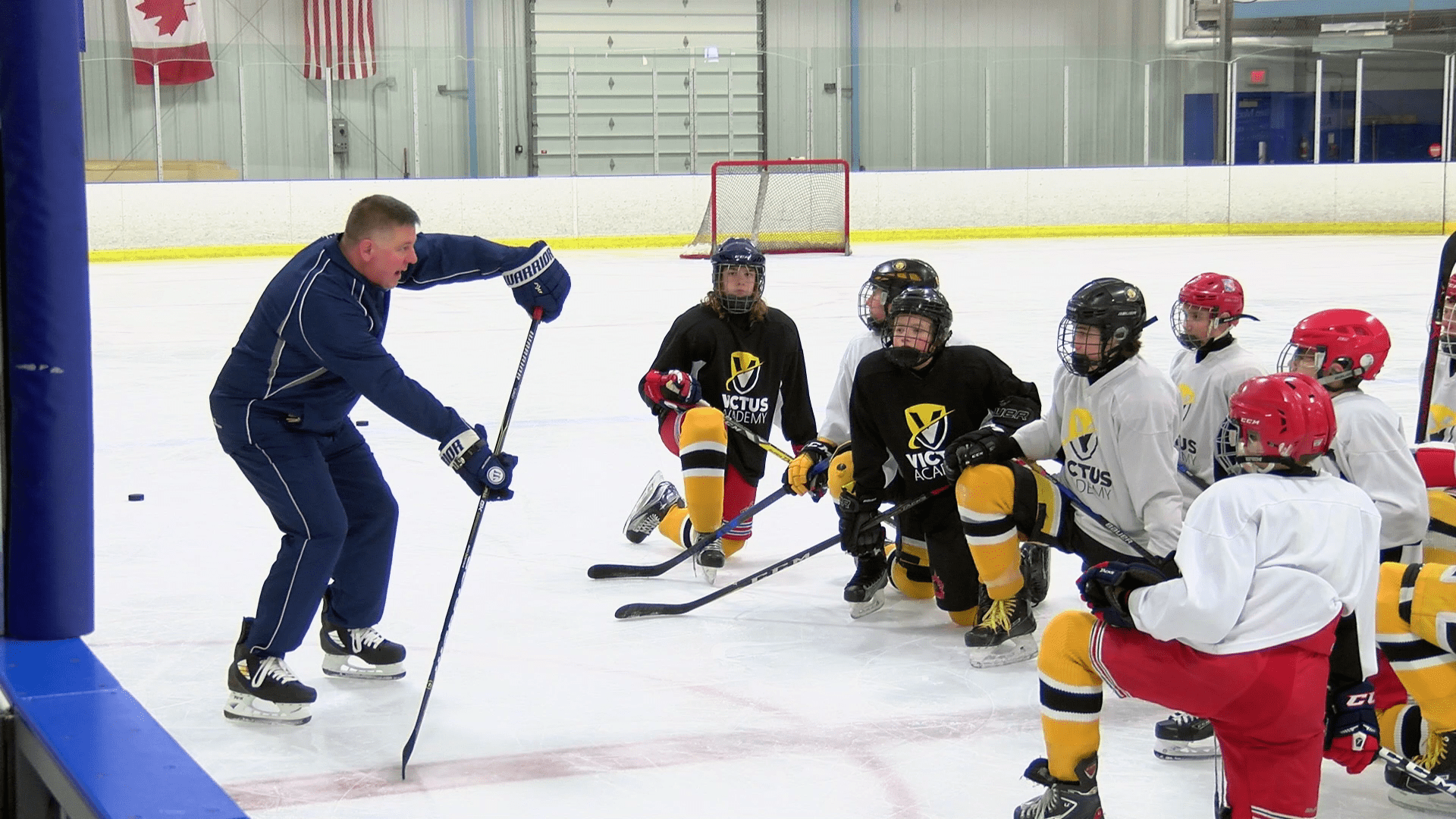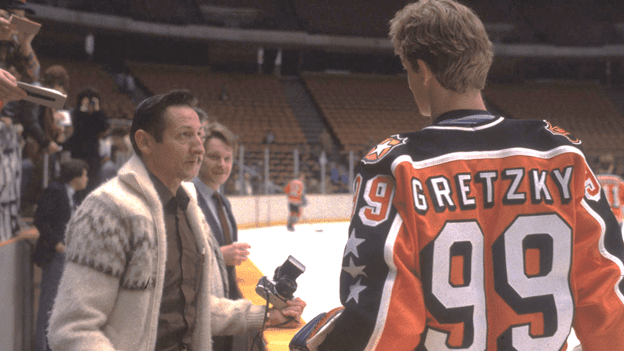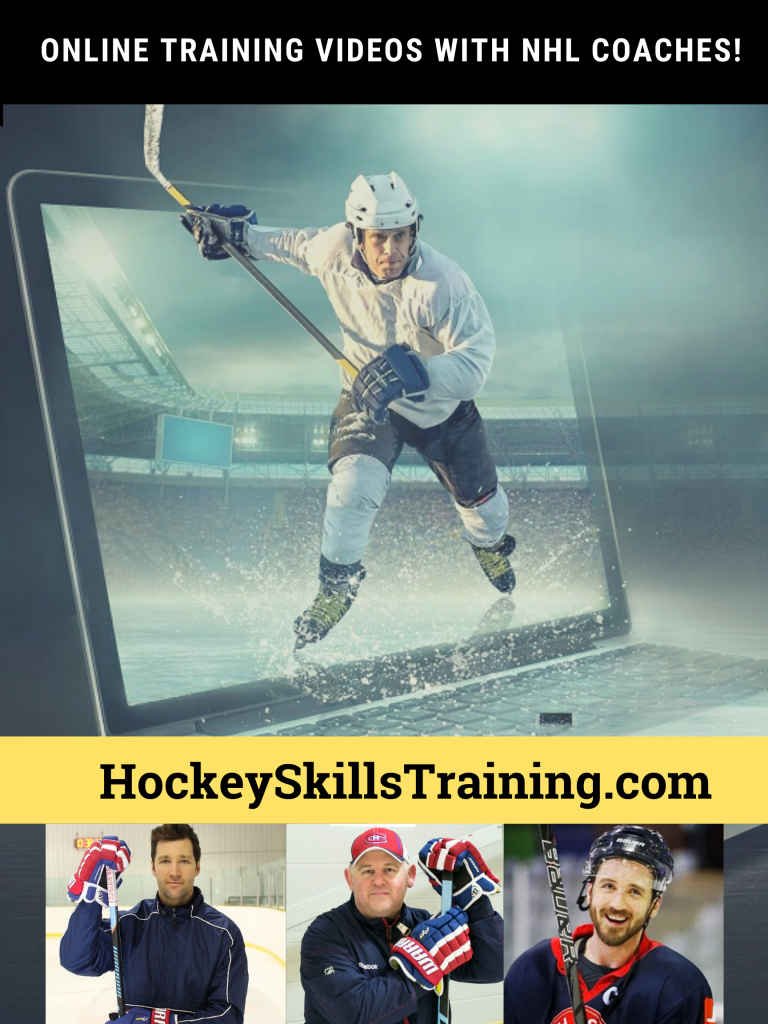We all know how fun and enjoyable ice hockey can be to play, but what most of us do not realize is how taxing it can be on our bodies, especially if you play at a high competitive level. Hockey requires a full spectrum of physical abilities which includes speed, strength, agility, hand-eye coordination, and balance. While playing hockey at games or practices certainly helps us develop these skills, if you want to be a complete player and maximize your abilities on the ice, you are going to need to put in extra work with some on and off-ice exercises and workouts to keep your body in optimal hockey form. Let’s take a look at some of these exercises and how they will help you round out your game.
Strength Training for Speed, Explosiveness, and Shooting
Perhaps the single factor that can help so many different parts of your game, strength training is a key part to any hockey player’s workout regimen. Increasing your strength can improve your skating, your puck control, your shot, and your one on one battle levels. This does not always have to include lifting weights or hitting the bench press either. In hockey, it is not always the biggest muscles that get the job done. A strong core along with your upper legs can make it nearly impossible to knock you off of the puck, and you will find that your skating will have more power behind each stride as well.
Lunges, squats, and swings are an excellent way to build up leg strength and can be done anywhere you have a bit of room. Try doing different variations of these which can include weights, tension bands, or even on top of an exercise ball. The more resistance you feel, the more your core will work to help keep you balanced.
Look to other exercises like deadlifts and box jumps to help build explosiveness in your legs and glutes. The more strength you build in these areas, the faster and more powerful your first couple strides will be when chasing a loose puck or trying to get away from a defender. Do not think that explosiveness in skating is just for players either. Goalies can benefit from this as well when kicking off from side to side, or standing your ground inside your crease.
Finally, try to work in some arm and upper shoulder and back workouts to increase the power you get in your shot. You are not necessarily aiming for huge biceps here, but adding that explosive power into your back can really give you leverage when you lean into a shot and learn to use your stick flex to whip the puck. Shooting is just as much about form as it is strength, but providing that extra power from your back and shoulders will go a long way in improving your shot.
Cardio for Endurance and Energy Levels
Look, all the strength training and muscles in the world will not help you on the ice if you do not have any endurance. If you want to be a productive player you are going to want to take short and explosive shifts, rather than longer shifts where you just coast around the ice. Cardio training will help you with this and ensure that you have the same energy levels throughout an entire game.
Best of all, cardio exercises usually do not require any equipment and can be done throughout the year, indoors or outdoors. Running or jogging is the obvious way to build up your cardiovascular health and stamina over periods of time, but try to mix in exercises like intermittent sprints or running up stairs. These changes of pace exercises will give your heart and lungs a more accurate feel of what an ice hockey game will be like and explosive sprints from a stopped position provides excellent muscle memory for your legs. If you have access to one, a skating treadmill can also be a tremendous way to build endurance while also working on your skating form. Try skating for intermediate periods of time, and then add in a stick and puck to help work on your stickhandling and coordination as well.
Reaction and Agility Training
Hockey is an extremely reactionary sport with split second decision making that comes at you at a very high speed. Anticipation and reactions are built into a hockey player’s mind with enough training, muscle memory can take over a player’s hands and feet as we coordinate all of these motions while on the ice. Agility training can look like a lot of different things. Whether it is side to side lateral sprints or lunges or having a trainer or teammate throw you a tennis ball while balancing on an exercise ball, improving your reaction time can go a long way in helping your on-ice decision making.
Stickhandling drills are also a part of reactionary training so do not shy away from these basic forms of exercise. Handling the puck through pylons or using an off-ice sheet that can simulate the feel of a puck on ice can drastically help make the puck on your stick feel natural when stick handling during a game. Try adding some wrist weights to your stickhandling practice to improve the strength in your wrists and forearms.
As you can see there are countless exercises and routines you can add to your training regimen that can improve your performance on the ice. Practices can provide you with excellent opportunities to hone your in-game skills while testing your abilities against your teammates, but continuing that training off the ice is where players can really set themselves apart in the actual games. Improving your strength can provide explosiveness on your skates while also maintaining control of the puck and fending off opposing players. Let us not overlook perhaps the most important part of a good training regimen: injury prevention. The more you are able to strengthen and continuously build up power in your legs and core to improve your body control, the better chance you have at avoiding serious injuries on the ice.

